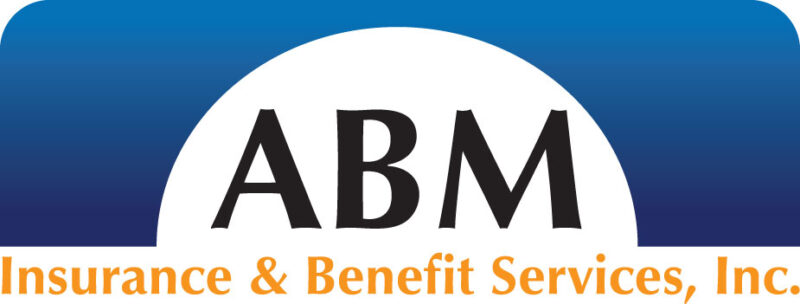As if filing your taxes were not complicated enough……. this year is the first year health insurance will show up on your tax forms. The additional tax filing paperwork this year is a result of the Affordable Care Act’s tax subsidies and requirement that virtually everyone enrolls in health insurance or pays a tax penalty.
Did you receive a tax subsidy
Last year, 85% of ACA enrollees received government tax subsidies to make their health coverage more affordable. Those individuals and families were granted subsidies based on their projected income for 2014, not their actual income. Now, they will need to report whether their actual income was higher or lower than the projection on their tax returns. If it was higher, then those people might owe the government money; if it was lower, then they might qualify for a larger refund.
If you received a tax subsidy in 2014, then you must present their actual income for the year when they file their tax return. You should have received Form 1095-A by early February, which will outline the exact tax subsidy amount received. You will need this form to file your tax return properly.
Did you have coverage but did not receive a subsidy?
If you and everyone in their household had health insurance last year, there is very little that needs to be done. You will have to report the fact that they had minimal essential coverage as outlined by the Affordable Care Act on their tax forms. You simply need to check the appropriate box on Form 1040. No further action is required.
What if you did not have health insurance
If you did not have health coverage last year, you may have to pay a fine, known as the individual shared responsibility payment. That payment amounts to 1% of your household income or $95 per adult and $47.50 per child — whichever is greater. Many individuals think they just owe $95, but those with higher incomes could end up paying a much greater fine.
You should note that the 1% fine is applied to household income after subtracting the tax filing threshold amount, which is $10,150 for an individual. For example, someone who earned $40,000 would only be fined 1% of $29,850 ($40,000-$10,150 = $29,850), so their fine would be $298.50.
There is another catch: the penalty is charged on a monthly basis once a person is uninsured for more than three months. To find out exactly how much is owed for going uninsured — whether it was four months or the entire year — use Form 8965.
If you end up facing a fine, you will see it represented either as an addition to your tax bill or a subtraction from your tax refund.
What are the exemptions from the tax penalty?
Not everyone who was uninsured in 2014 will be required to pay a fine. If you did not have health insurance in 2014 but have a justifiable reason, you may be exempt from it.
Health coverage exemptions include being a member of a specific religious sect that opposes health insurance and not having to file a tax return due to your income level. In addition, there are also hardship exemptions, which pertain to an individual’s ability to purchase health insurance. These hardship exemptions include getting evicted from your home, facing homelessness, and filing for bankruptcy in the last six months.
You can request forms from the federal or state marketplaces in order to apply for an exemption. If you were exempt last year, you can file Form 8965 with your Form 1040 to prove it.
Next year, the tax penalty for going uninsured will increase substantially to $325 for each adult and $162.50 for each child, or 2% of income, whichever is greater. It will continue to increase the following year.
Since 85% of those that apply for coverage, receive a subsidy, we encourage you to call us to see how affordable health insurance can be for you and or your family. Call us at 800-362-2809.
